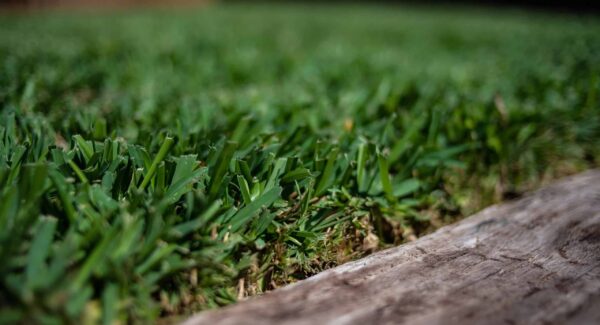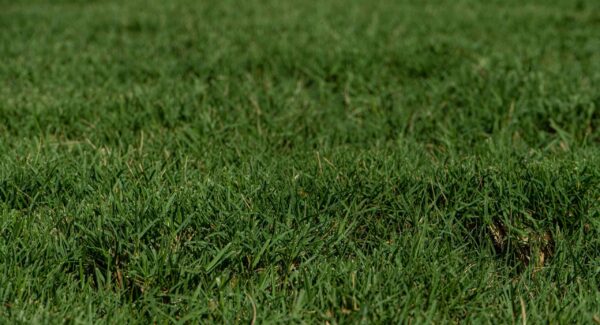Controlling Slugs and Snails
Slugs and snails are one of the most bothersome pests for gardeners. They have soft, fleshy bodies without any legs. They come in a wide range of colors and are known for their slow movement. They require moisture for survival; snails have a hard, spiral shell on their backs to help them retain moisture and protect them from predators. They move on on muscular foot, which constantly excretes a slimy substance which allows them to glide forward; this is also the reason for the silvery “slime trails” that are left behind.
Infestation
Snails and slugs attack almost all vegetation, including the leaves, stems, flowers, and fruits of plants. They chew irregular holes in leaves and have the capability of completely devouring young vegetable seedlings overnight. Slug and snail infestations are typically recognizable since they leave behind both their damage and their slime trails.
Solutions
- Snails and slugs are active at night (to avoid the hot sun), so it is possible to catch them in action and hand pick them at this time. Drop them into a bucket of soapy water.
- They can also be trapped using a hollowed out melon rind or a shallow container filled with beer or apple cider. Dispose of the captured snails and slugs in the morning and refill the bait when necessary.
- Snails and slugs lay pale, clear eggs that look like crystal beads in the soil. They are found in large clusters. Destroy these eggs to prevent further infestation.
- If you find significant plant damage in your lawn and garden, there are snail and slug baits on the market. This should really only be necessary as a last resort.
Gardening and lawncare can be rewarding and satisfying; don’t let setbacks discourage you. If you are looking for a new start, shop our online store or contact the Grass Outlet today to discuss your options.





